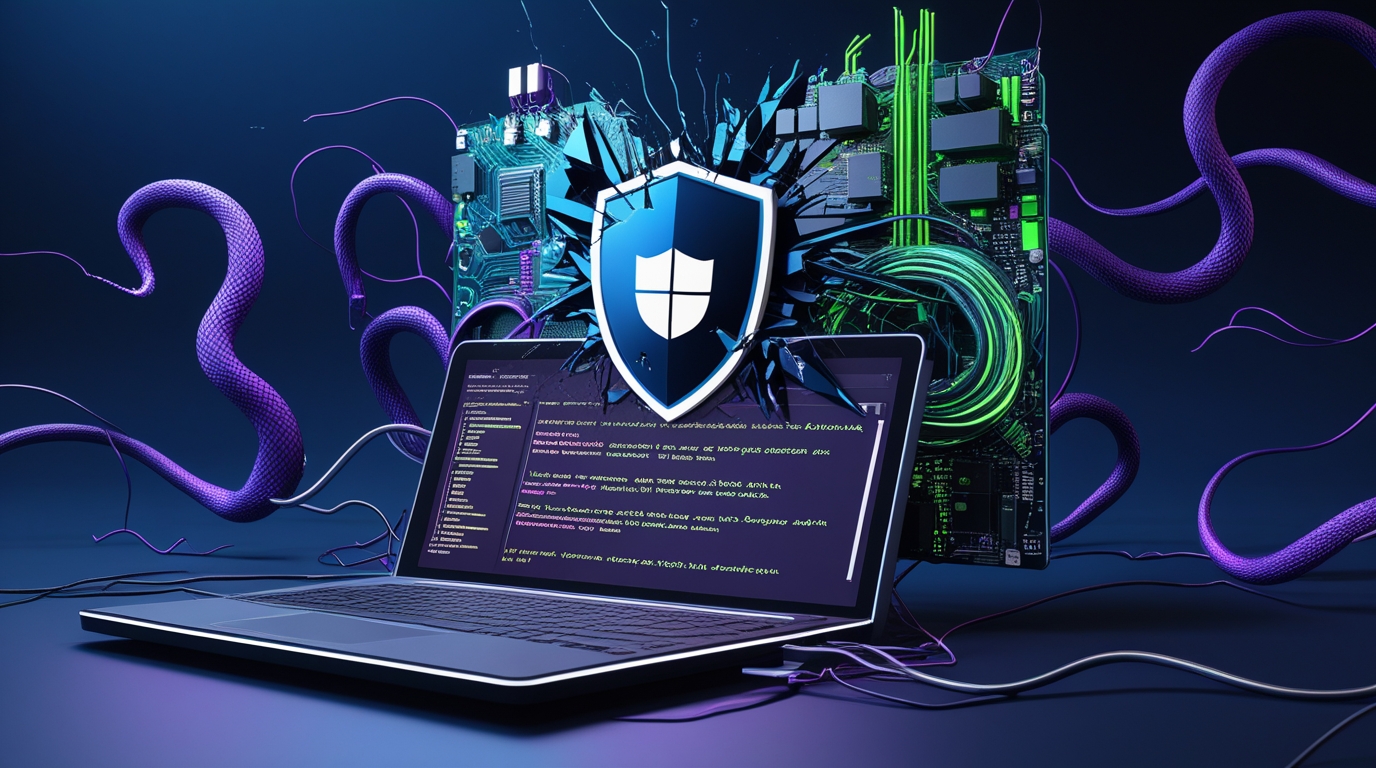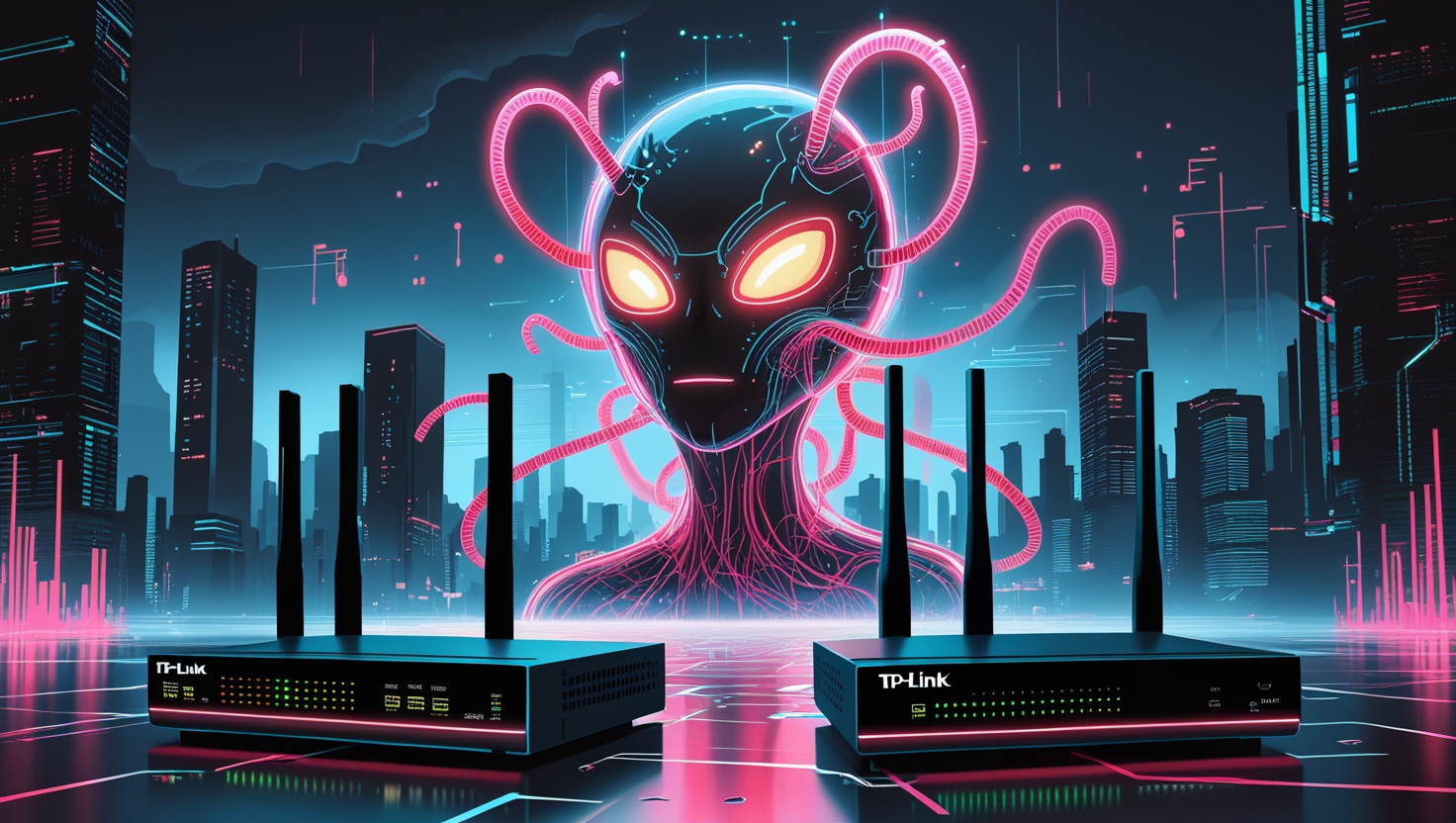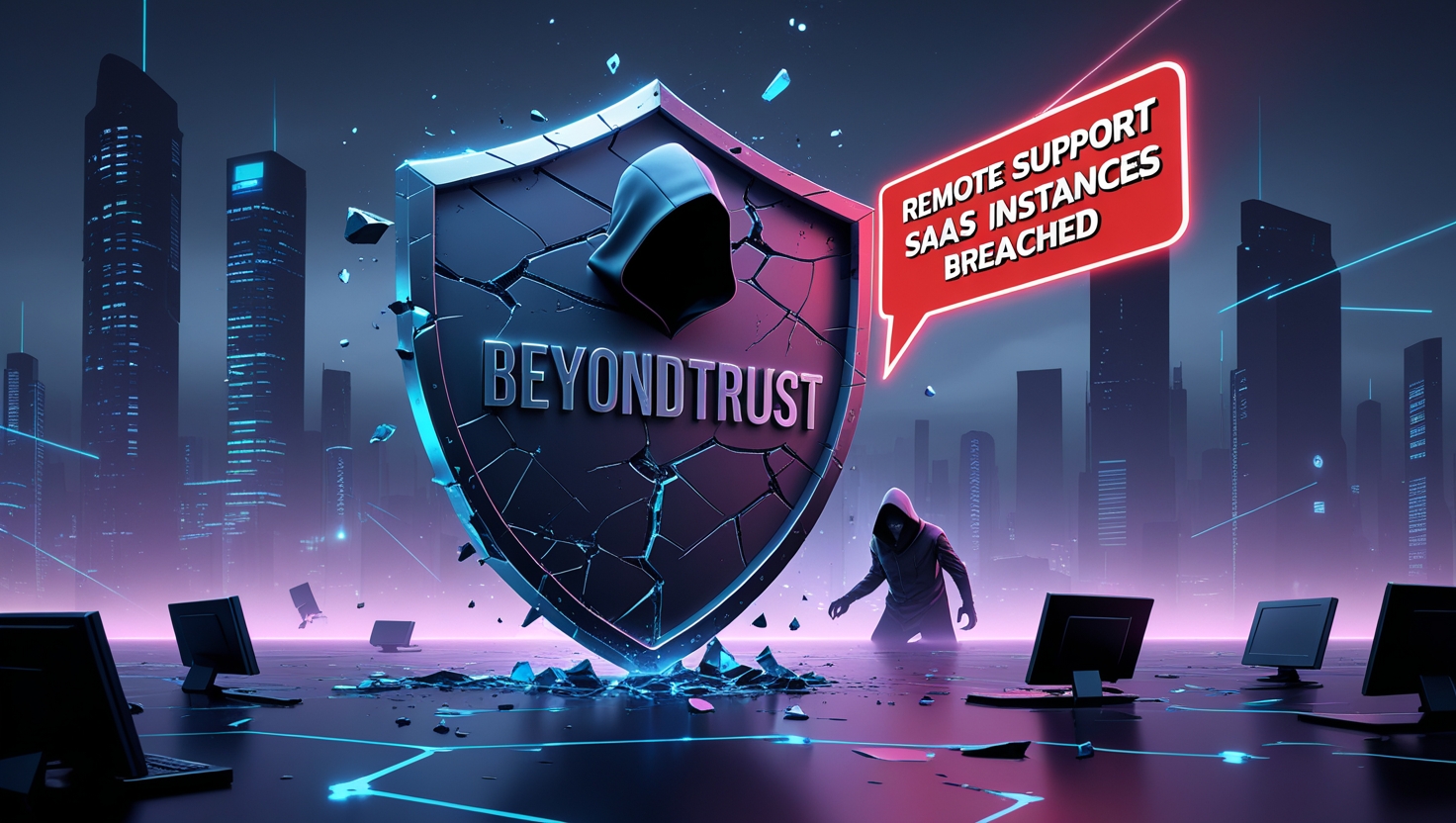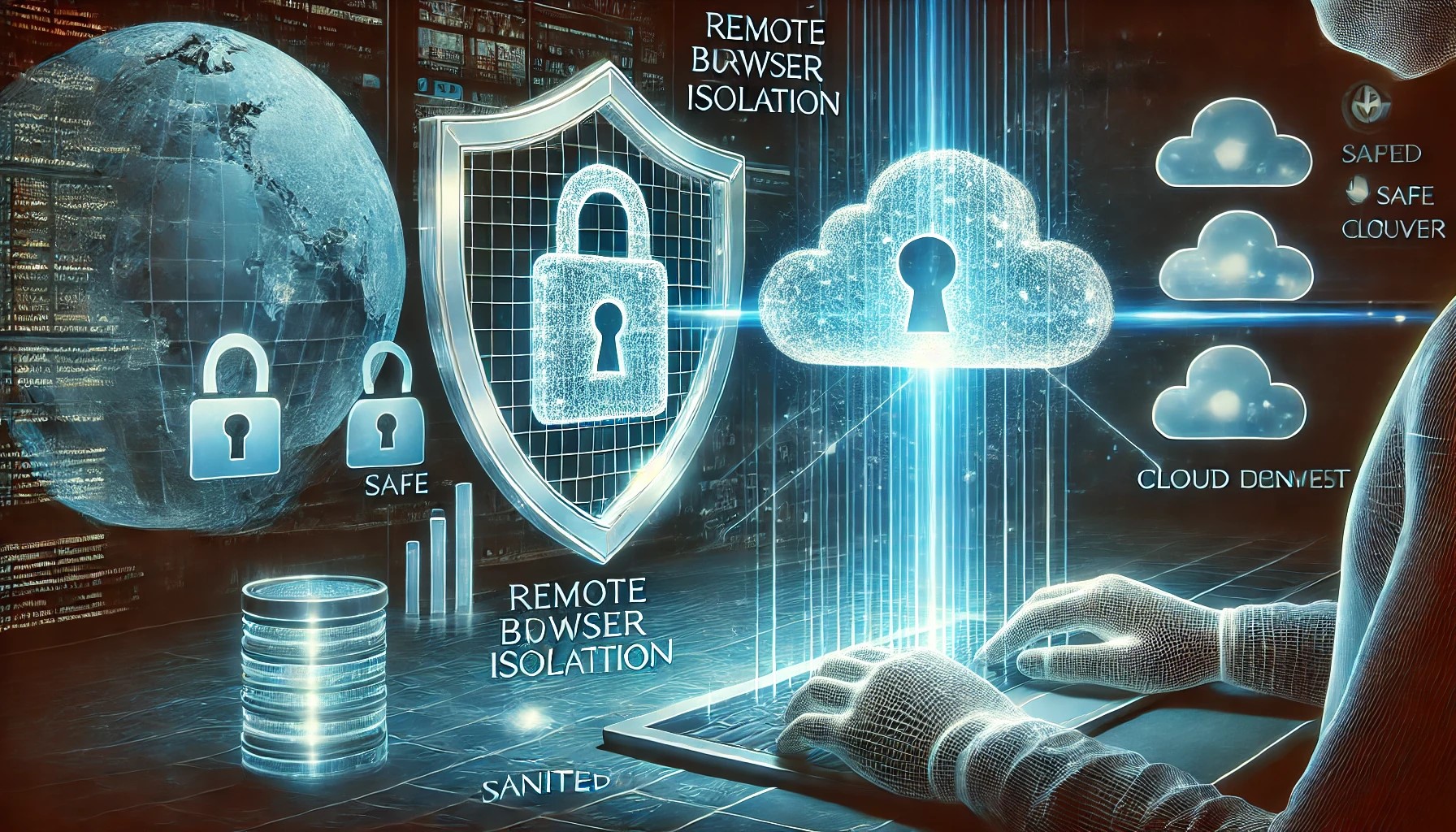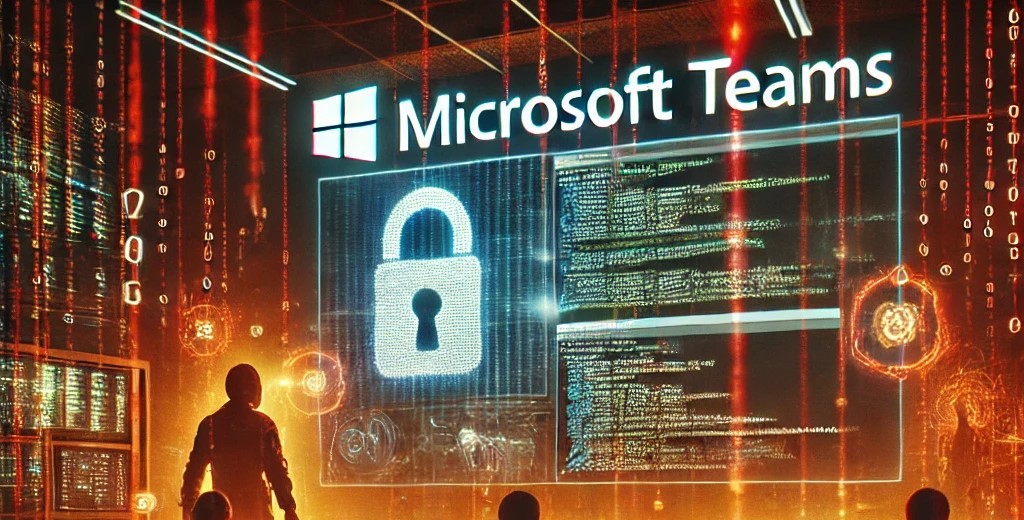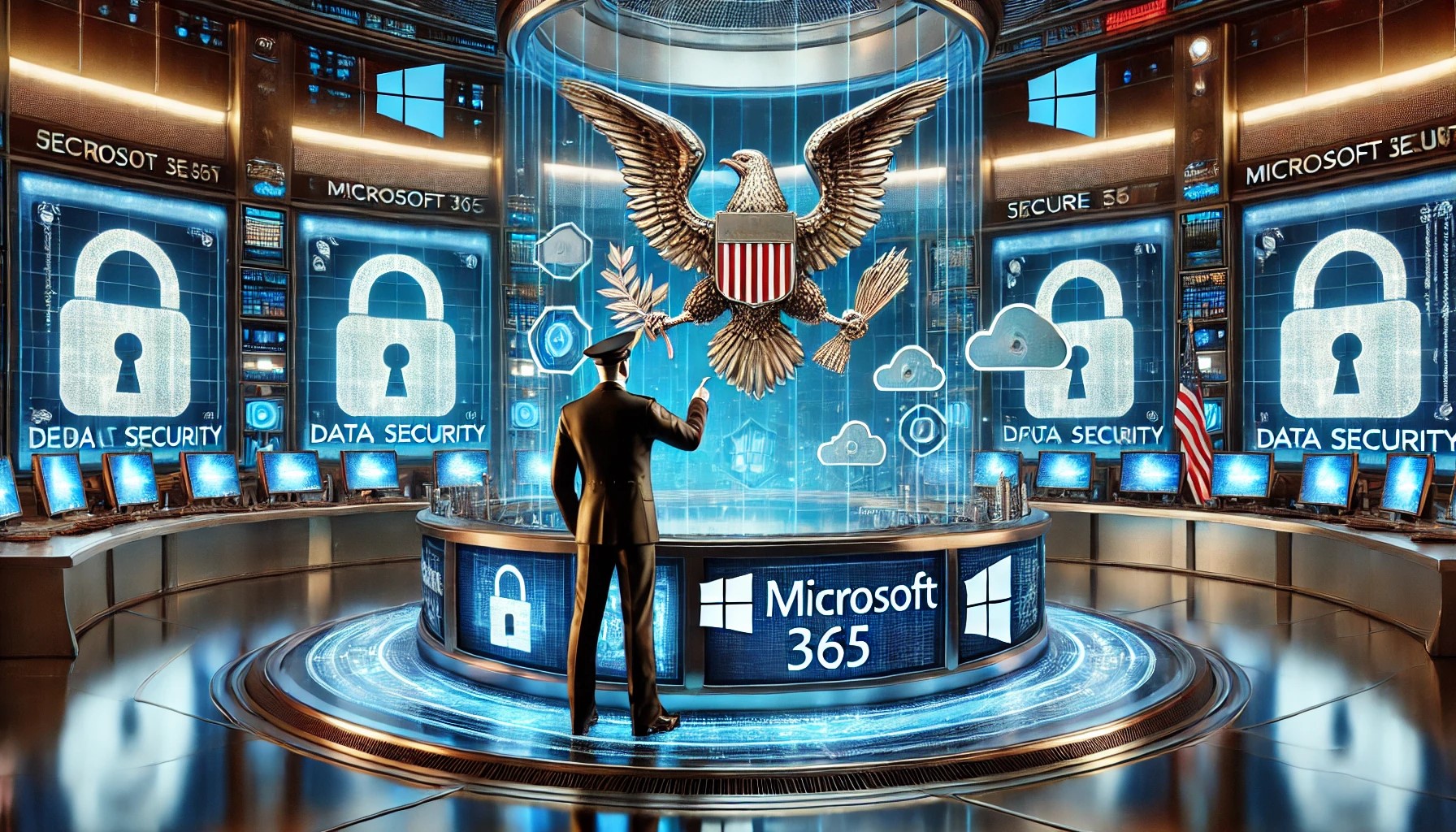Apple Urgently Releases Zero-Day Patch: What You Need to Know
Apple has once again stepped up its cybersecurity game with the release of an urgent patch to address a zero-day vulnerability actively exploited in the wild. This marks yet another reminder of the critical importance of staying updated with device software to safeguard against emerging threats. Below, we unpack the details of this release, what it means for users, and how to ensure you’re protected.
What Is a Zero-Day Vulnerability?
A zero-day vulnerability refers to a security flaw that is discovered and exploited by malicious actors before the software vendor has a chance to develop and distribute a fix. These vulnerabilities are particularly dangerous because they are often used in targeted attacks, giving hackers a significant advantage.
The Details of Apple’s Patch
The latest patch from Apple was rolled out on [insert date] to address a critical security flaw affecting [list specific operating systems or devices, e.g., iOS, macOS, iPadOS]. According to Apple’s security advisory, the vulnerability, identified as [CVE identifier if available], allows attackers to execute arbitrary code with kernel privileges—essentially giving them access to the core functionalities of the device.
This vulnerability was flagged by [mention researchers or organizations if noted] and has reportedly been exploited in the wild, making it imperative for users to update their devices immediately.
Which Devices Are Affected?
The vulnerability impacts the following devices:
- iPhones running iOS [specific versions]
- iPads running iPadOS [specific versions]
- Mac devices running macOS [specific versions]
- [Other devices, if applicable, such as Apple Watch or Apple TV]
If your device is running an older version of the operating system, it may also be at risk, so updating as soon as possible is crucial.
How to Update Your Device
To ensure your device is protected, follow these simple steps to install the latest update:
For iPhones and iPads:
- Open the Settings app.
- Tap General.
- Select Software Update.
- If an update is available, tap Download and Install.
For Mac:
- Open the Apple Menu and select System Preferences.
- Click on Software Update.
- Install any available updates.
For Other Devices:
Check Apple’s official guidance on updating software for your specific device, such as the Apple Watch or Apple TV.
Why Regular Updates Are Essential
While it may be tempting to delay software updates due to time constraints or concerns about potential bugs, staying current with updates is one of the most effective ways to protect your devices from security threats. Cybercriminals constantly look for ways to exploit vulnerabilities, and companies like Apple work tirelessly to stay one step ahead.
Final Thoughts
Apple’s latest patch release underscores the ever-evolving nature of cybersecurity threats. As users, we play a crucial role in maintaining our digital safety by ensuring our devices are always running the latest software. Take a moment today to update your devices and encourage others in your network to do the same. Together, we can help mitigate the risks posed by zero-day vulnerabilities.
Stay safe, stay updated!





